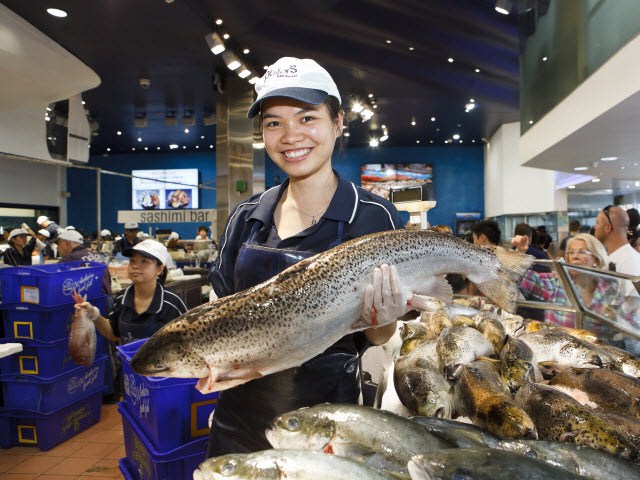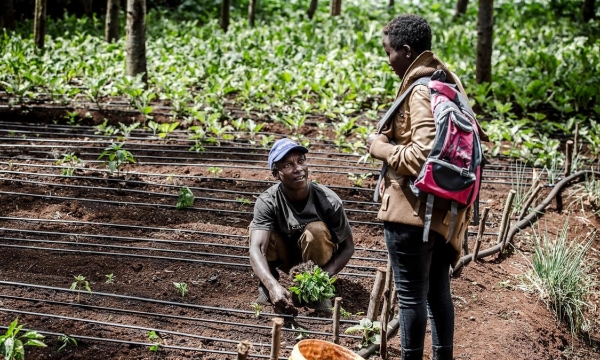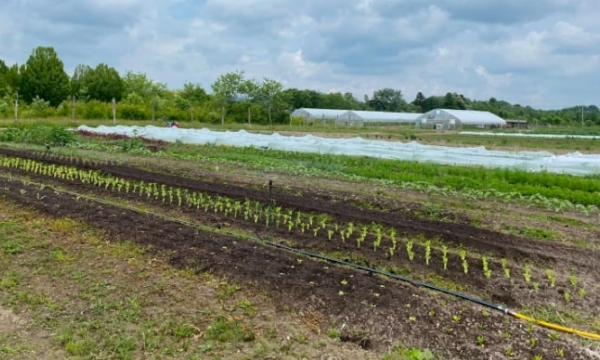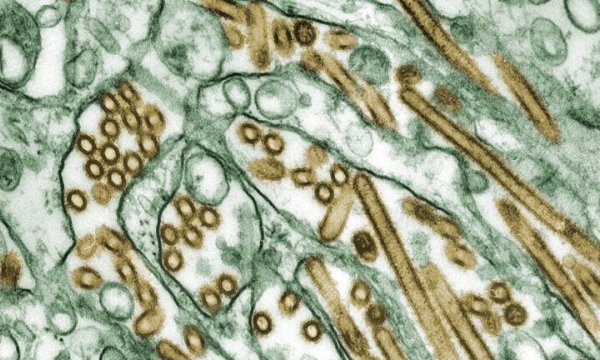April 26, 2024 | 14:14 GMT +7
April 26, 2024 | 14:14 GMT +7
Hotline: 0913.378.918
April 26, 2024 | 14:14 GMT +7
Hotline: 0913.378.918

Global fish production projected to reach 200M tons by 2029. Photo: TL.
According to a projection given by OECD and FAO, fish prices in the 2020s will increase at a rate between 1.5-2.1% per annum relative to the base period (2017-2019 average). However, in reality, fish prices are projected to remain largely unchanged over the 2020-2029 period – slightly negative for prices of fish oil, fishmeal, and capture fisheries probably; and slightly positive for aquaculture species.
The prices fell due to rapid growth in Chinese fish production and the recovery of the pork sector from the outbreak of African swine fever (ASF), leading to the decline in fish consumption. By contrast, the price of fishmeal will continue to rise slightly in comparison with oilseed meals thanks to its relatively stable demand and supply.
Global fish production is projected to reach 200M tons by 2029, increasing by 25M tons (or 14% or 1.3% per annum) from the base period (average of 2017-2019). Thus the pace (1.3%) is slower than that over the previous decade (2.3%/year) because fisheries and aquaculture policies of China (by far the world’s leading fisheries and aquaculture producer) shifted priorities towards promoting sustainability and the modernisation of the sector.
By 2029, world aquaculture production is expected to reach 105M tons, 10M tons more than the capture sector. Decreased prices of aquaculture feeds are behind the boost of aquaculture.
It is envisaged that capture fisheries will see a 0.4%/year growth in production over the next decade. The share of capture fisheries production transformed into fishmeal and fish oil will remain stable at about 18%. However, total fishmeal and fish oil production are projected to increase by 10% and 17%, respectively, over the next decade. By 2029, the proportion of total fish oil is predicted to climb from 41% to 45%, while fishmeal from 24% to 28%.
It is projected that 90% of the fish being produced will be utilised for human consumption by 2029, escalating from 155M tons in the base period to 180M tons. However, the growth rate will be slow from 2.5% per annum in 2010-2019 to 1.4%.
Rise in per capita fish food consumption is also anticipated to slow, from 1.3% per year in 2010-2019 to 0.5%, reaching 21.4 kg by 2029. Per capita fish consumption is expected to continue to climb on all continents, except Africa, with the decline concentrated in Sub-Saharan Africa (0.7% p.a. over the next decade), due to the considerable growth of population.
About 36% of total fish production is projected to be exported in different product forms: fish for human consumption, fishmeal, and fish oil (32% excluding intra-EU trade).
After a dwindling in 2019, the expectation is that world export of fish will go up once again, at a rate of 1.1% per annum over the coming decade and will reach 4M tons (a 9% increase) by 2029 which is lower than that observed in the past decade (1.4% per annum).
Asian countries should remain the world’s main fish exporters, with their share in global exports rising from 48% in 2017-2019 to 50% in 2029. OECD countries will remain the leading importers of fish, although their share is expected to shrink from 53% to 50%.
Translated by Thu Hang

(VAN) 'It’s a product that answers all the challenges we have as a society.'

(VAN) FAO workshop highlights success stories, including from Benin, that provide models for replication.

(VAN) The World Health Organization (WHO) said the rising number of bird flu cases has raised 'great concern' because it had an 'extremely high' mortality rate among those who had been infected around the world.

(VAN) Global Network Against Food Crises’ partners call for a transformative approach to break the cycle of acute hunger

(VAN) Climate change may still be an existential threat to humanity, but as Earth Day 2024 rolls around on Monday, some of the people most concerned about the planet aren't peddling doom– they're spreading optimism.

(VAN) The team at Gilliard Farms have been stewards of the land for six generations.

(VAN) The sequences have been published on a publicly available site